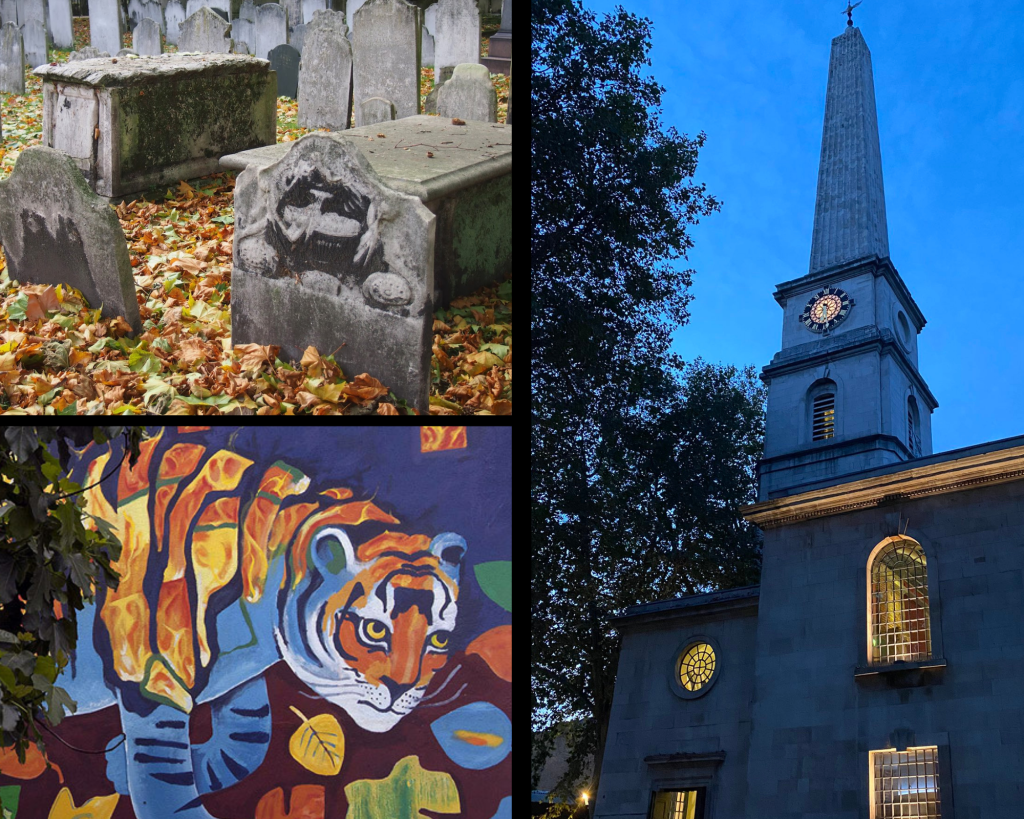Category: Bunhill Heritage
-
Bunhill Heritage, 1 Year On: A Preview of Coming Attractions
In 2022, Islington Heritage Service appointment printmaker Georgie Fay as the first Artist-Educator-in-Residence for Bunhill Heritage, a three-year community project that will see three different artists explore the rich history south Islington. Thanks to our local partner, St Luke’s Community Centre, each artist receives a studio space for one year…
-
Bunhill Heritage Year 3: Opportunity for Artist-Educator-in-Residence
Bunhill Heritage: Brief for Artist-Educator-in-Residence Islington Heritage Service seek an artist for the third year of the Bunhill Heritage project, following on from artists Georgie Fay (2022-23) and Jacky Oliver (2023-24). Background Bunhill is a ward in the southernmost part of the London Borough of Islington, bordering Hackney and the…
-

Bunhill Heritage: Brief for Artist-Educator-in-Residence
A unique opportunity for an artist in Islington
-

An introduction to the Bunhill project
The ward of Bunhill, located in South Islington, is an area of London full of the most fascinating history. Just outside the City Walls, this part of Finsbury was once an area for the ill and destitute. Long gone is St. Luke’s Hospital for Lunatics and instead exists a thriving…
